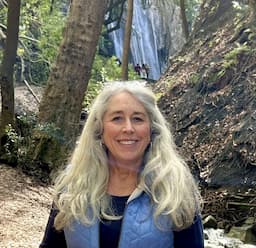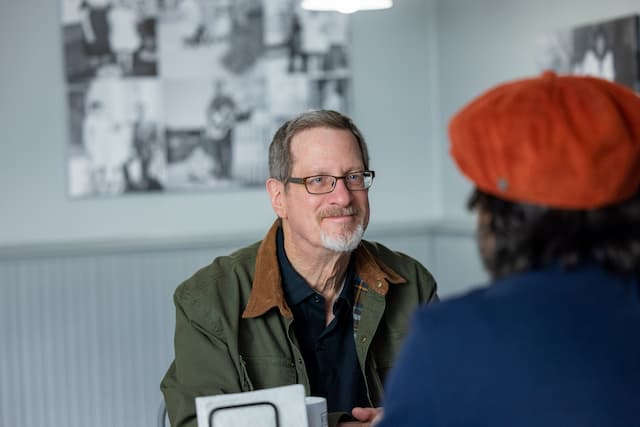His healing presence (Matthew 14:33-36)
Can a king sort out what’s wrong by healing rather than jailing people?

Open Matthew 14:33-36
Jesus’ kingship is Matthew’s dominant theme. From the introductory sentence (“anointed ruler, son of David”) to the culminating declaration (“all authority in heaven and earth”), the kingdom of God is here because the king is here.
Matthew contrasts the world’s true king with our existing rulers. Herod built fortresses to defend his kingship and armies to enforce his decrees. He used prisons to silence critics like John the Baptist. Yet, Matthew shows remarkable empathy for Herod: Herod didn’t want to kill John; he was trapped by forces beyond himself (Matthew 14:9).
I love the way Matthew juxtaposes the earthly ruler’s party for himself in his palace (14:1-12) with the heavenly king’s provision for his people in the wilderness (14:13-21). Jesus is the Son who listens to his Father (14:23). That’s why he has authority to calm not only the earth but the unruly sea (14:24-32). His followers see him as the Son with the eternal sovereign’s authority (14:33).
The crowds also recognized Jesus as he returned to Gennesaret on the northwest shore of Galilee. The men in charge of this town sent messengers to notify everyone of his arrival. They honoured him as a person of significance, the reaction appropriate for a royal visitor or a representative of God.
In the ancient world, a visit from a king or judge was an opportunity to set right the injustices of realm. People who had been wronged brought their cases to the wise ruler. But the people of Gennesaret see a greater opportunity in Jesus’ visit:
Matthew 14:35–36 (NIV)
35 And when the men of that place recognized Jesus, they sent word to all the surrounding country. People brought all their sick to him 36 and begged him to let the sick just touch the edge of his cloak, and all who touched it were healed.
This is astounding. Jesus is setting right things that Samuel and Saul and previous rulers could not. Jesus refused to judge property disputes (Luke 12:13-15), expecting his people to reconcile through forgiveness. What he took on were the things that are beyond us, things we cannot solve.
They wanted to touch the edge of his cloak because they understood the prophetic mantle Jesus wore. They lodged their appeals for help (parakaleo) with the one who has the authority of heaven to change the way things are on earth.
What a king! Jesus never built a fortress to protect himself. He never built a prison to incarcerate his enemies. He left the judge’s hammer to the Pharisees.
We need the king who heals. Hurt people hurt people, but free people free people.
What others are saying
Herman Ridderbos, The Coming of the Kingdom, (Philadelphia, PA: Presbyterian and Reformed, 1962), 65–69 (emphasis original):
In the whole of Jesus’ power to work miracles the coming of the kingdom is realized and is evidence of its presence. …
On more than one occasion Jesus delegates his miraculous power to his disciples (Matt. 10:1; Mark 6:12, 13, 30; Luke 9:2, cf. also Mark 9:28, 29). Jesus’ miracles are messianic deeds of salvation …
The miracles can only be viewed within the scope of the coming of the kingdom … evidence of God’s “visiting” his people with the blessings of salvation (Luke 7:16). This “visiting” is to be understood as the long promised delivery of God’s people which had been looked forward to for such a long time (cf. Luke 1:68, 78). Jesus’ miracles again and again suggest to the people, who do not know him as the Messiah, the thought that he might be the Son of David (Matt. 12:23).
[previous: Tyrants or tempests? From what does Jesus save? (Mt 14:22-33)]
Seeking to understand Jesus in the terms he chose to describe himself: son of man (his identity), and kingdom of God (his mission). Riverview College Dean
View all posts by Allen Browne





